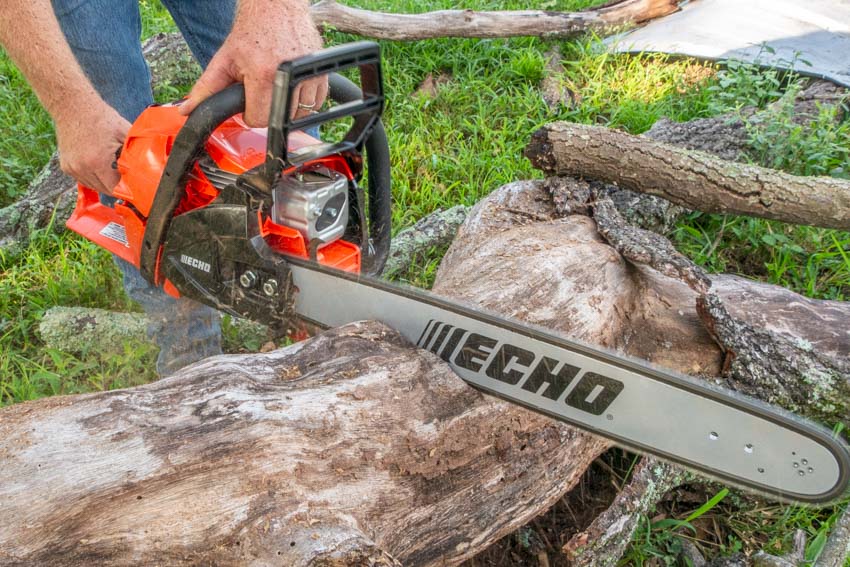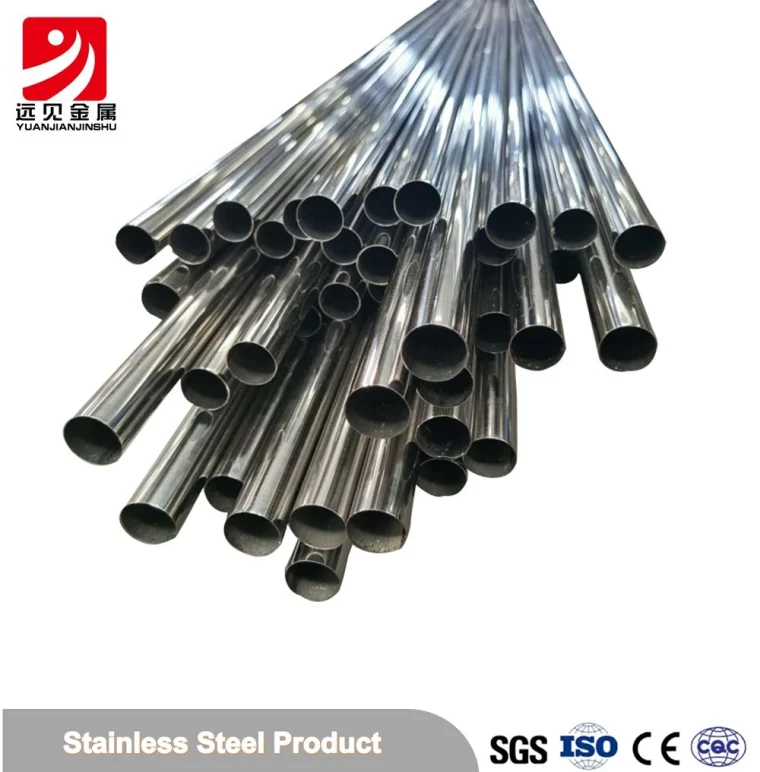
Just as a well-oiled machine operates smoothly and efficiently, so too does a chainsaw benefit from regular lubrication to maintain peak performance and longevity. Properly oiling a chainsaw is essential for reducing friction, preventing wear and corrosion, and ensuring safe operation. In this comprehensive guide, we'll walk you through the process of how to oil a chainsaw effectively, equipping you with the knowledge needed to keep your tool running smoothly and reliably.
1. Choose the Right Oil:
- Bar and Chain Oil: Select a high-quality bar and chain oil specifically formulated for chainsaw lubrication. These oils are designed to withstand high temperatures and provide superior lubrication, reducing friction and prolonging the lifespan of your chainsaw components.
- Environmental Considerations: Consider using biodegradable or environmentally-friendly chain oil options if operating in sensitive ecosystems or areas with strict environmental regulations.
2. Preparing the Chainsaw:
- Inspect the Oil Reservoir: Before adding oil, ensure that the chainsaw's oil reservoir is clean, free of debris, and properly seated. Remove any dirt or sawdust that may have accumulated around the reservoir cap or oil filler hole.
- Check Oil Levels: Verify the oil level in the reservoir and top up if necessary, following the manufacturer's recommendations. Avoid overfilling to prevent oil spillage and excess consumption.
3. Applying Chain Oil:
- Positioning the Chainsaw: Place the chainsaw on a stable surface with the guide bar and chain accessible. Ensure the chainsaw is turned off and the chain brake engaged for safety.
- Applying Oil: With the chainsaw in a horizontal position, carefully pour chain oil into the oil filler hole until the reservoir reaches the recommended level. Use a funnel or spout to prevent spills and minimize mess.
4. Distributing the Oil:
- Warm-Up and Test Run: Start the chainsaw and allow it to run for a few moments to warm up the chain and guide bar. This helps facilitate the flow of oil and ensures proper lubrication during operation.
- Monitor Oil Flow: Observe the chain and guide bar during operation to ensure that oil is being distributed evenly along the length of the bar. Adjust the oil flow rate if necessary to achieve optimal lubrication.
5. Maintenance and Troubleshooting:
- Regular Inspection: Periodically inspect the chainsaw's oiling system for leaks, blockages, or malfunctions. Check the oil reservoir, oil lines, and oil ports for any signs of damage or clogging, and address any issues promptly.
- Adjusting Oil Flow: Most chainsaws feature an adjustable oil flow rate to accommodate different cutting conditions and preferences. Consult the chainsaw's manual for instructions on how to adjust the oil flow to suit your needs.
6. Environmental Considerations:
- Oil Spillage Cleanup: Dispose of any spilled oil properly and avoid contaminating soil or water sources. Use absorbent materials such as sawdust or kitty litter to contain and clean up spills, and dispose of used oil in accordance with local regulations.
- Minimizing Environmental Impact: Choose environmentally-friendly chain oil options and practice responsible oil usage to minimize the ecological footprint of chainsaw operation.
Conclusion:
Properly oiling your chainsaw is a simple yet essential maintenance task that can greatly impact its performance, longevity, and safety. By following the steps outlined in this guide and prioritizing regular maintenance and environmental responsibility, you can ensure that your chainsaw remains well-lubricated and ready for action whenever the need arises.



